Land Rover in general and the men and women of its Special Vehicle Operations division in particular deserve suitably gigantic congratulations for the new Range Rover Sport SVR.
After our five-star road test verdict on the car landed only the other week, we hope they’ve had plenty. Back to business. This 2.3-tonne marvel now has a target on its back big enough to cover a double-garage door and the time to defend itself has already come.
Welcome, then, not just one but two BMW performance SUVs out to catch the Range Rover in a pincer movement worthy of Hannibal himself. First and foremost comes the obvious rival: the all-new X5 M. It’s more powerful than the SVR, it’s quicker, it’s cheaper and it’s from a performance sub-brand with almost four decades of history.
It’s the kind of car that simply demands to be lined up against the reigning power in its particular class on a quiet stretch of B-road and allowed to decide its own fate. And so it shall.
Then there’s the dark horse: the facelifted Alpina XD3 Biturbo. A lower-rung, less desirable, altogether less special offering here to make up the numbers? Not a bit of it.
The sub-£60k price and six-cylinder turbodiesel engine of the XD3 may not lure in the lottery winners quite like the other two here, but regular readers will know that this has been one of our highest-rated fast SUVs since its launch in 2013. It has earned a shot at the SVR – and Alpina says this revised version is even better than the previous one.
It’ll also be rarer than most £200,000 supercars, if exclusivity is your thing, and answers the excess of its rivals with fleet-friendly emissions and 40 to the gallon.
So with the surprisingly hard-hitting X5 M on one flank and the surprisingly pragmatic XD3 on the other, can Land Rover’s new performance SUV champion come up with the necessary moves to survive its first leadership challenge?
Five-star verdicts often cause consternation on the Autocar road test desk. Rarely are they unanimously agreed – and the ones that are tend to become unanimous after lengthy and frank discussion.
The Range Rover Sport SVR’s wasn’t unanimous, but the testers who’d driven the car most widely rated it highest. That’s usually a good sign. Those less inclined towards it revealed themselves to be opposed as much to the idea of a £90,000, 542bhp performance SUV as the SVR’s particular execution. One tester said he’d simply rather have an SDV8. You may very well feel the same, but if you’re a paying customer, that’s your prerogative.

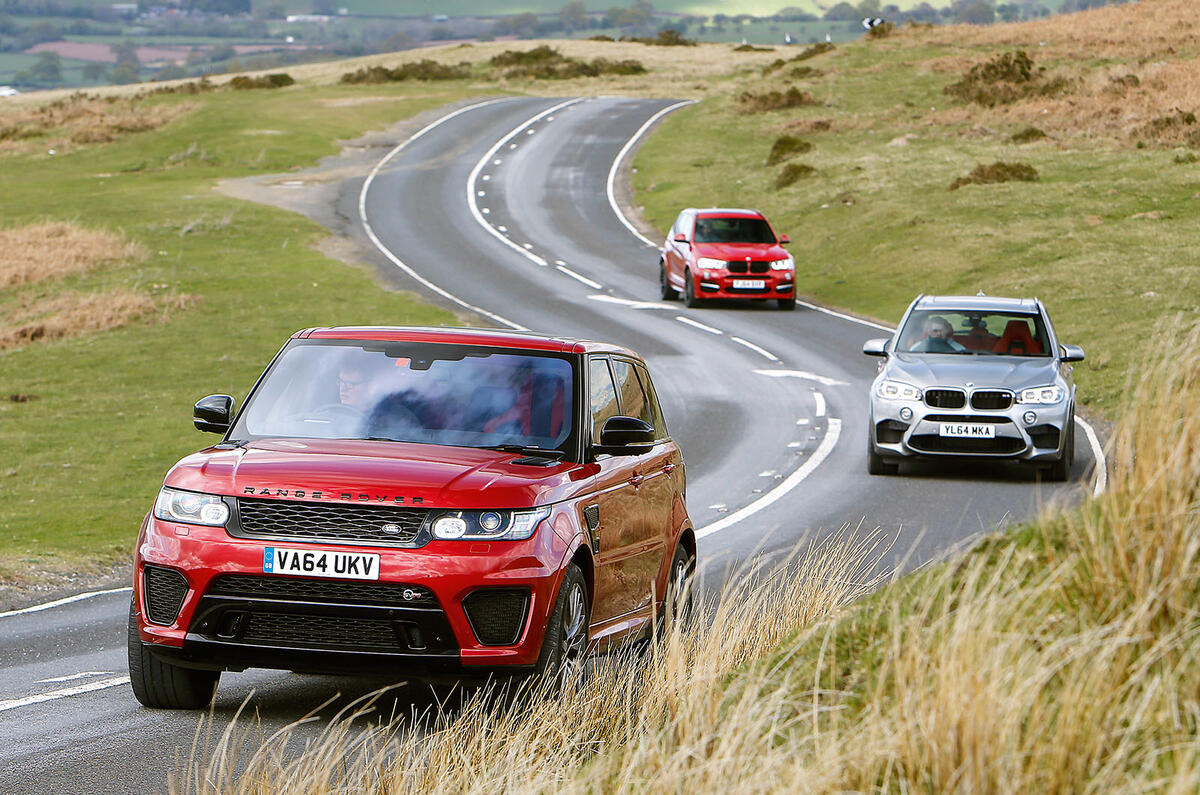
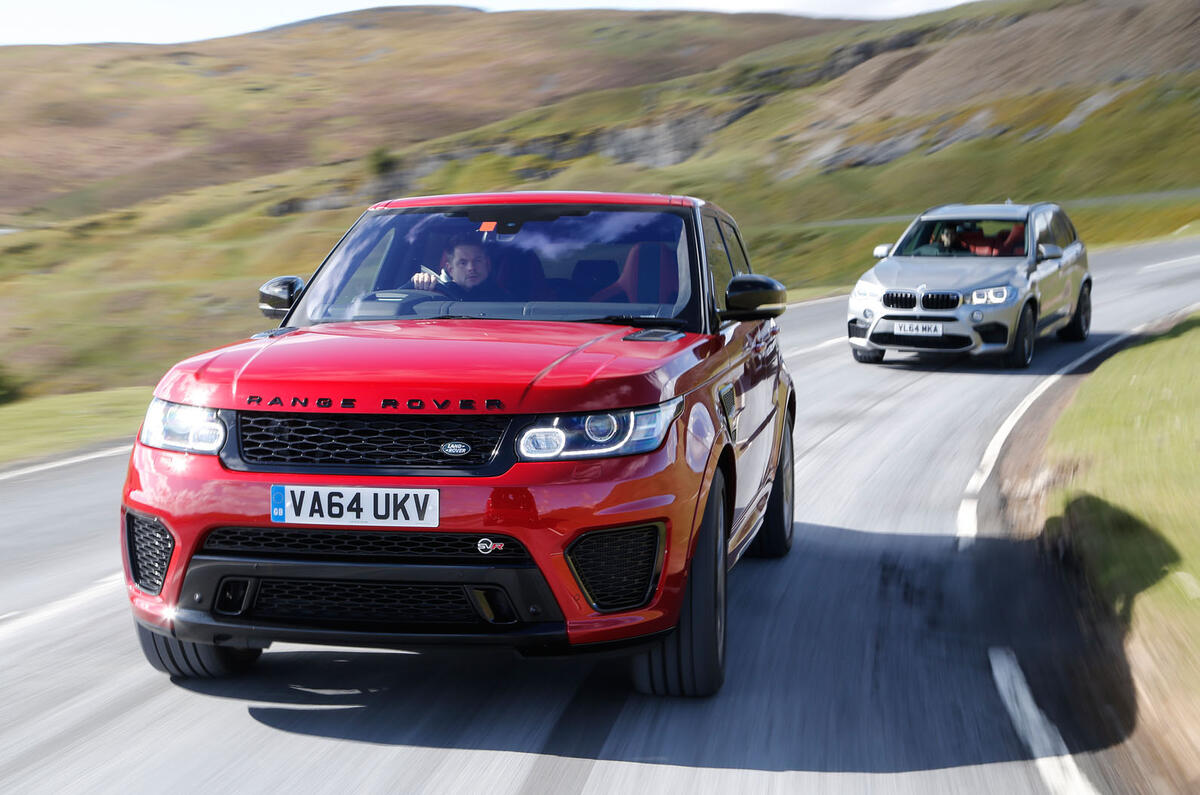
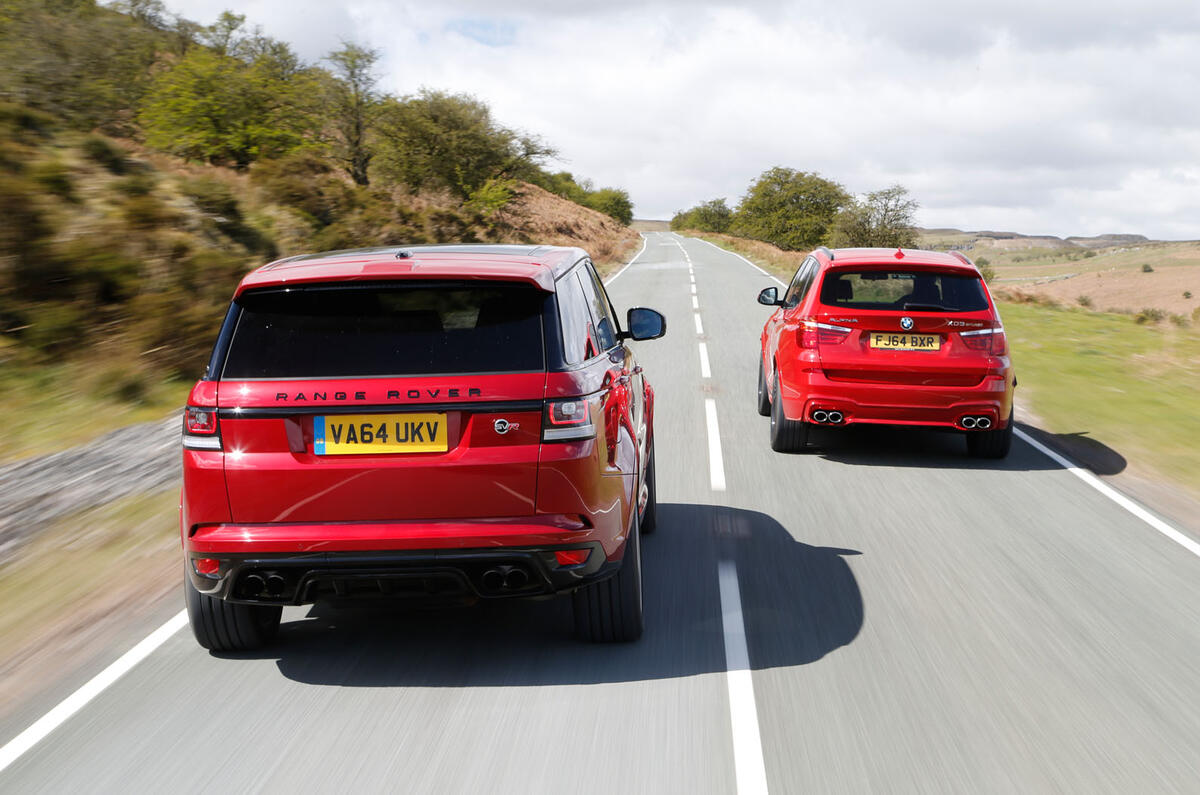
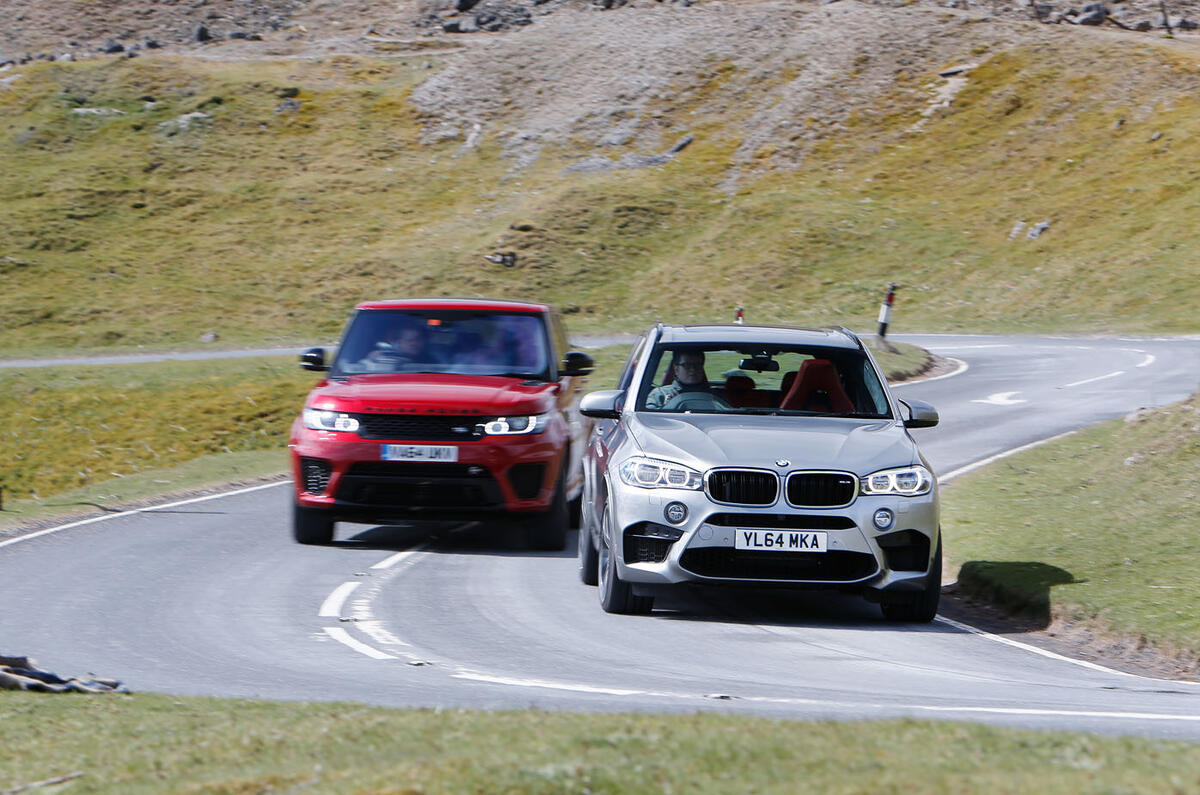
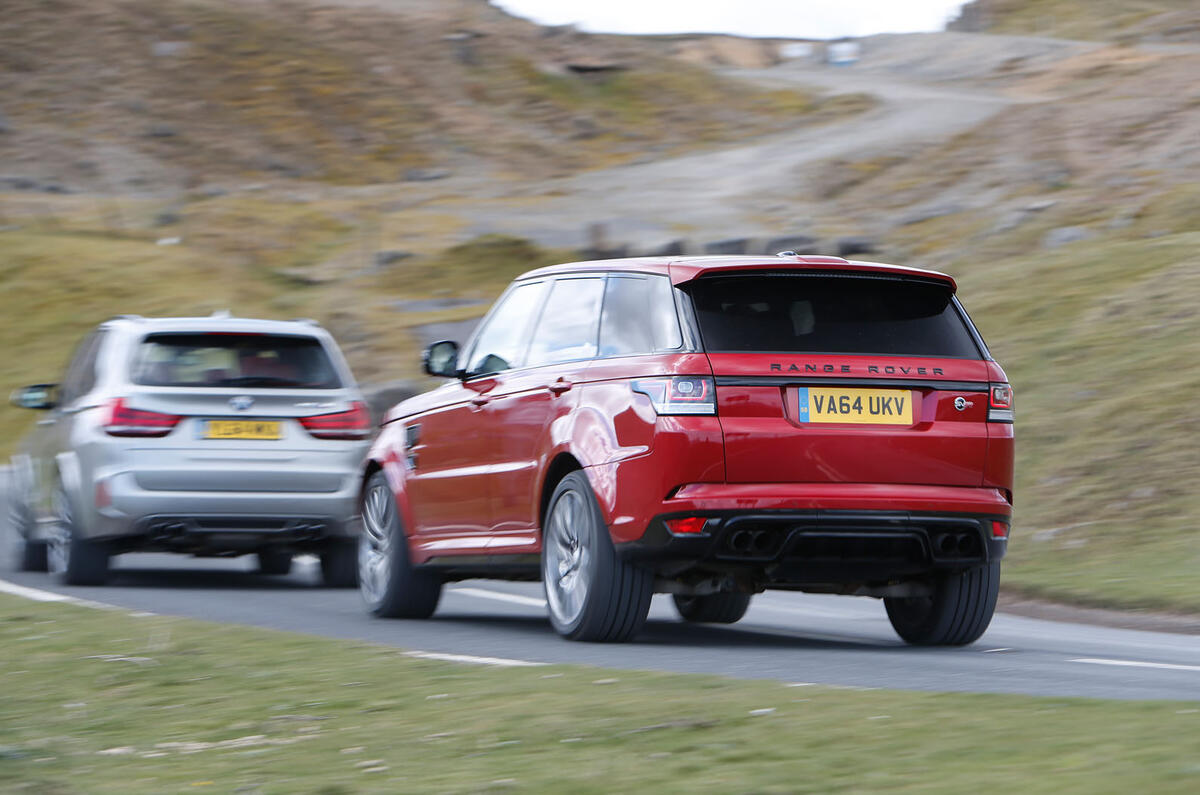
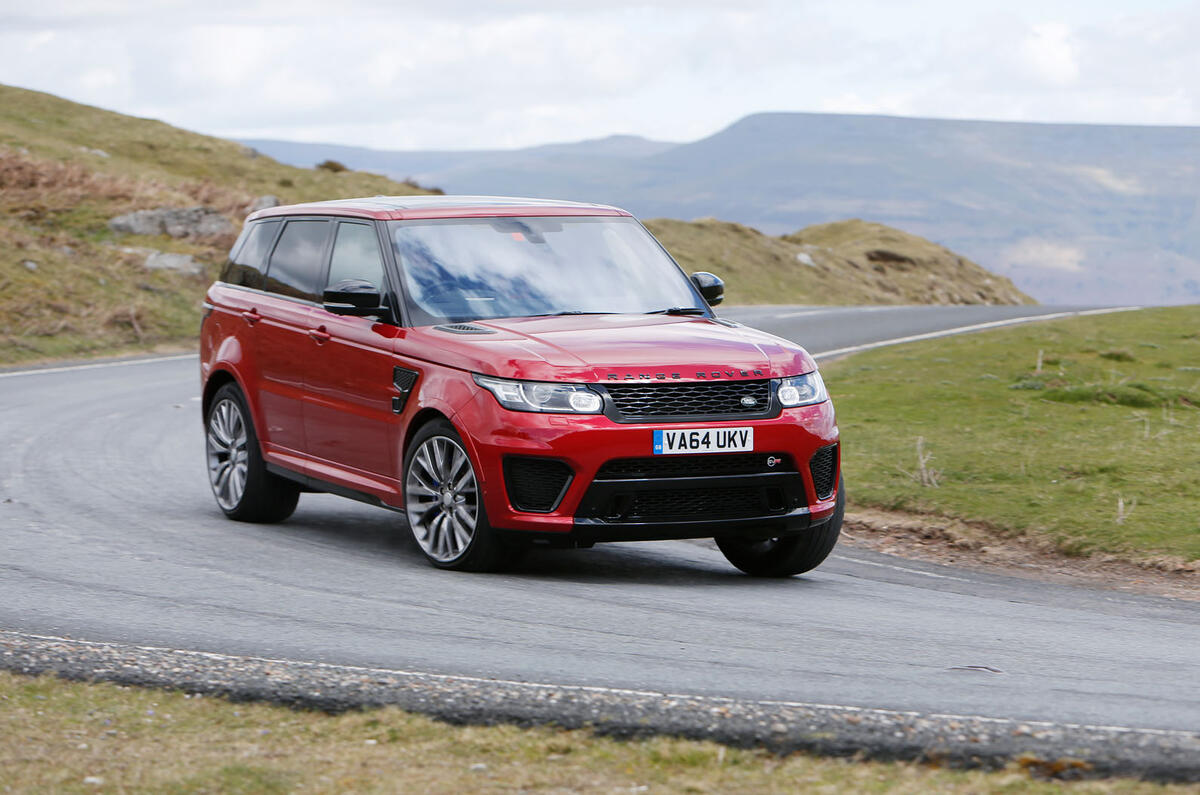
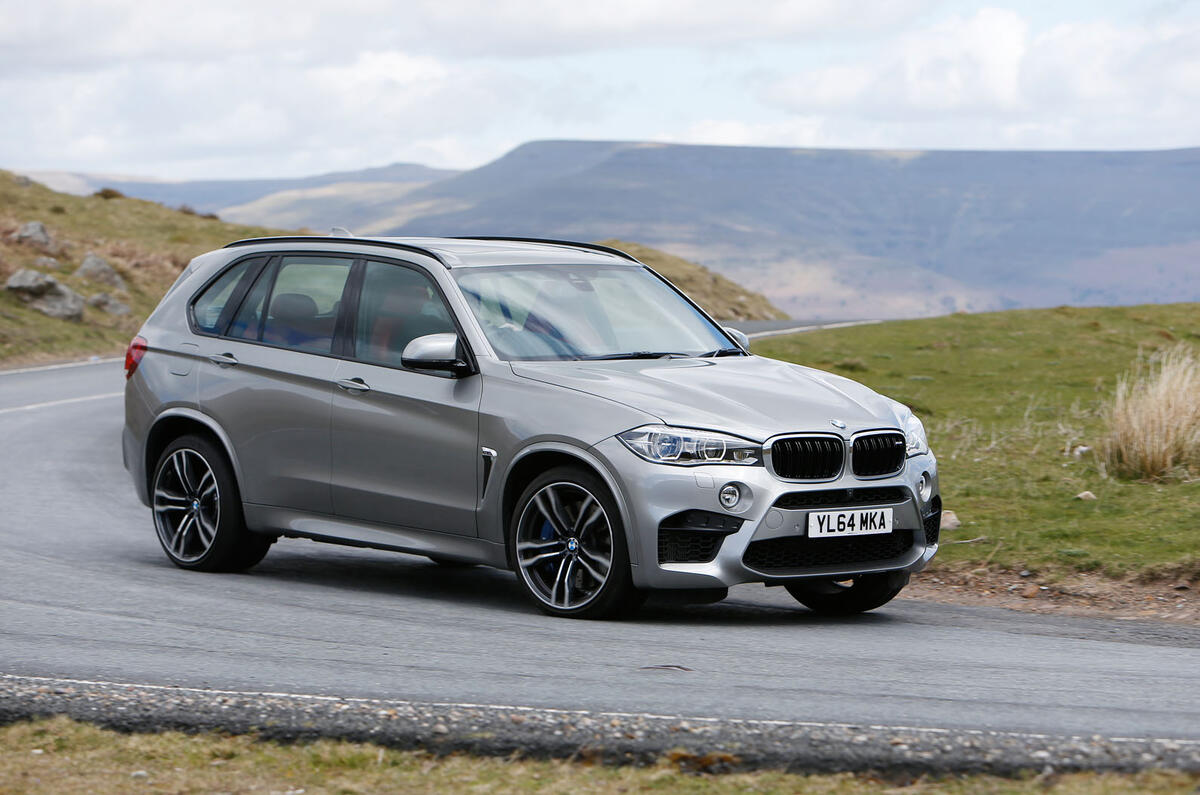
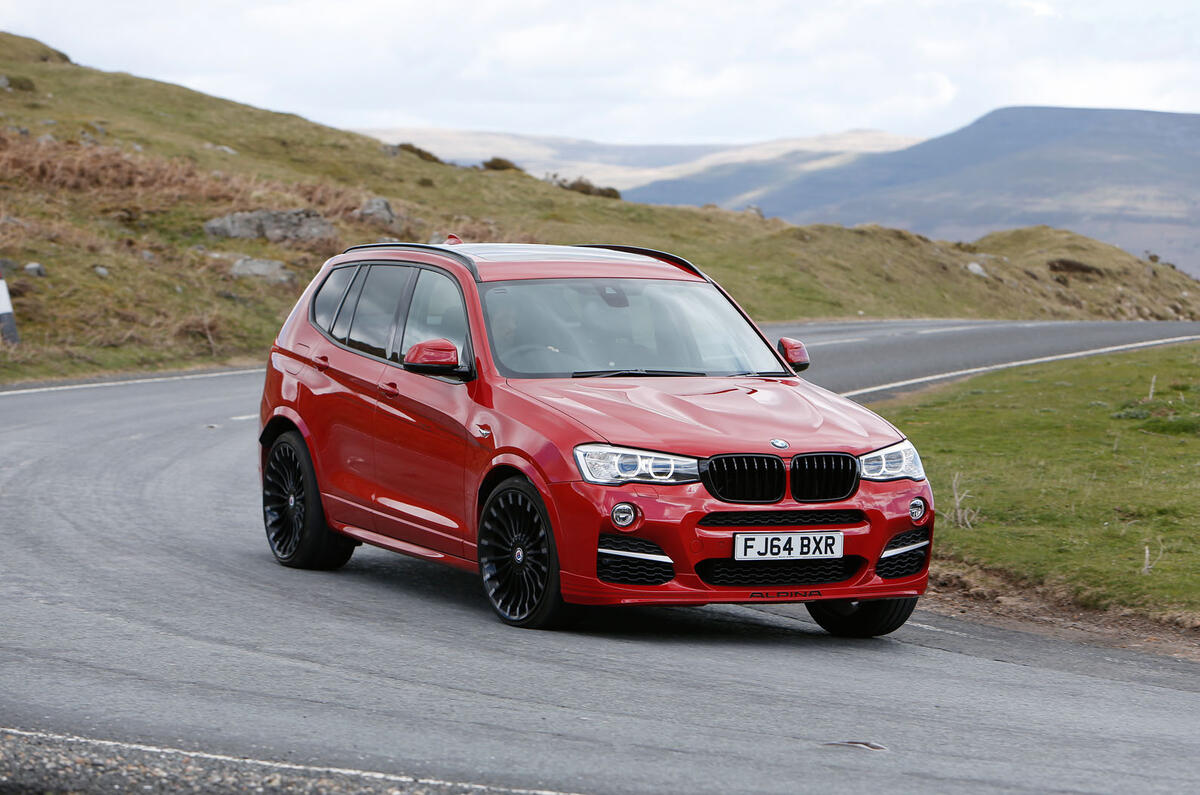
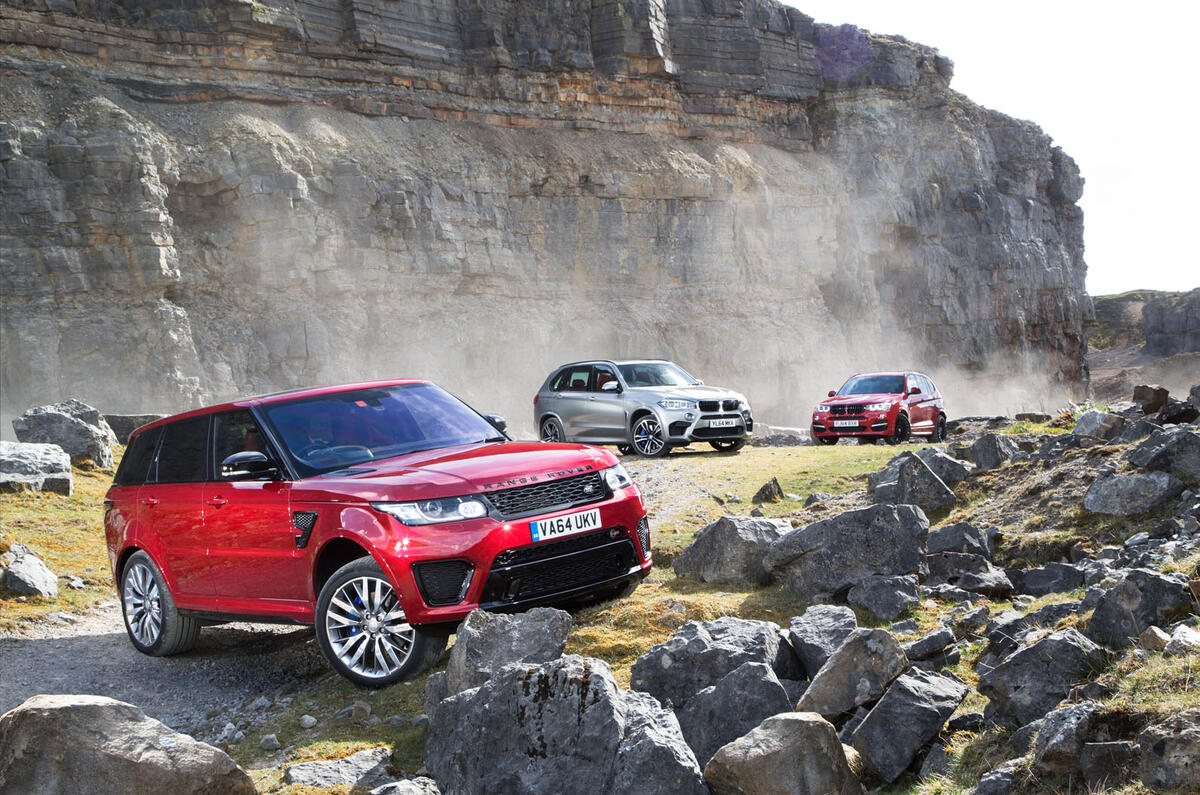
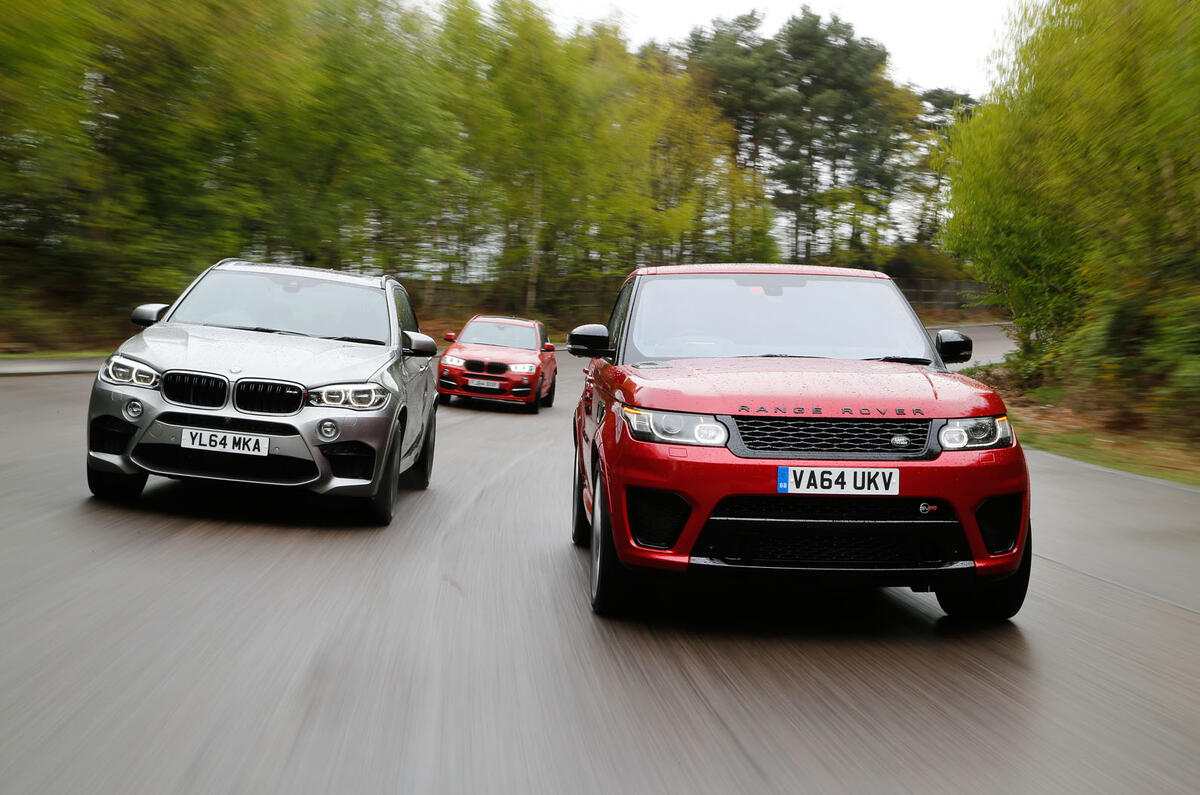
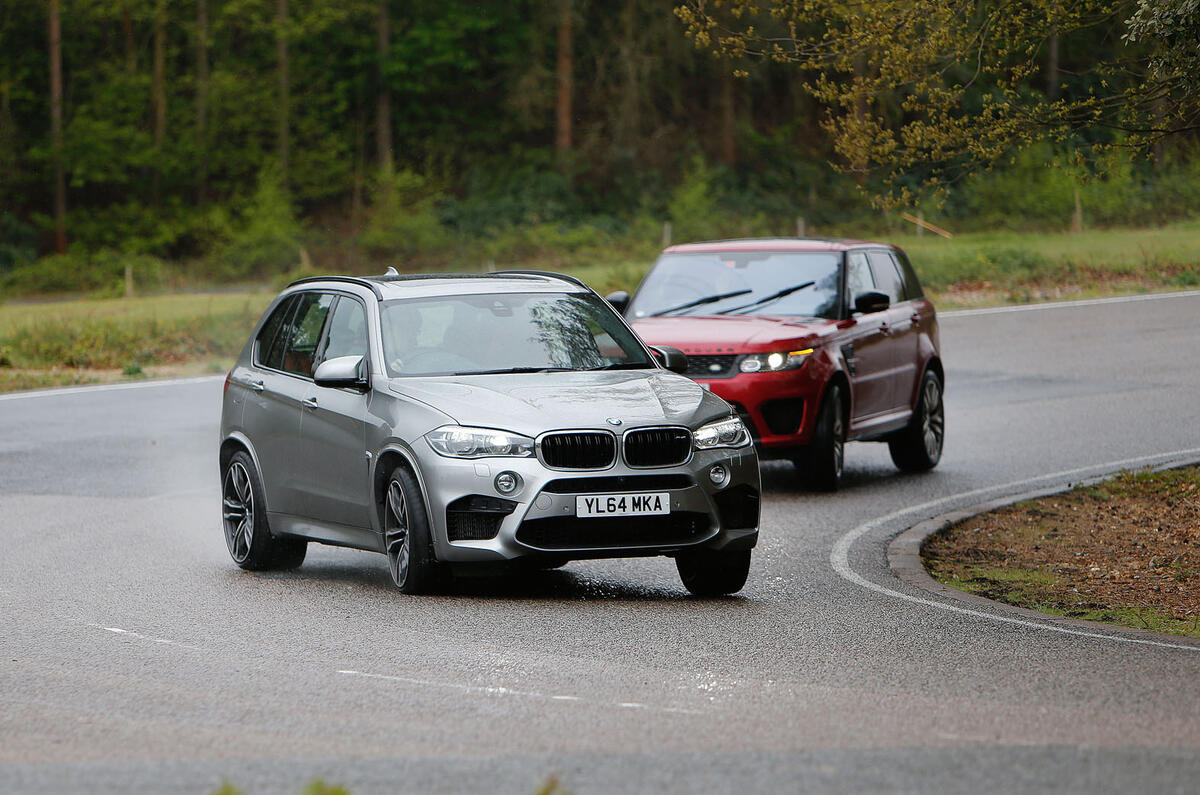
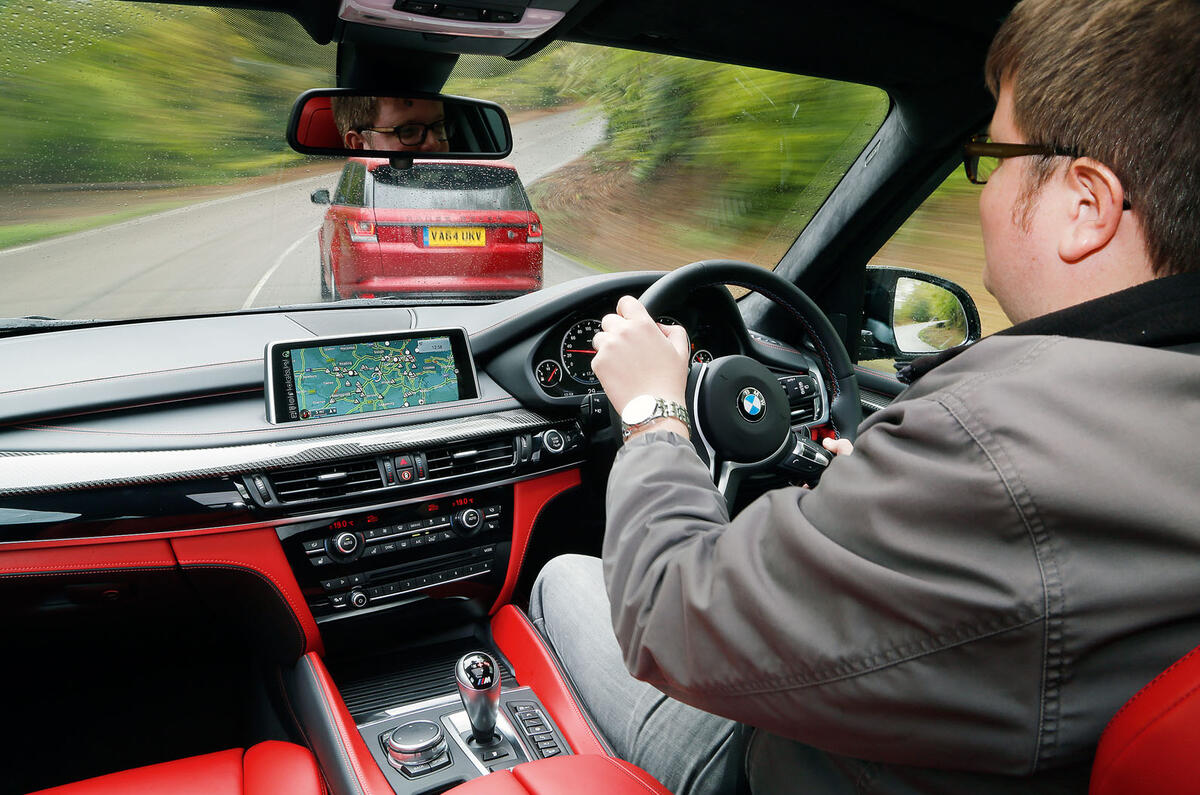
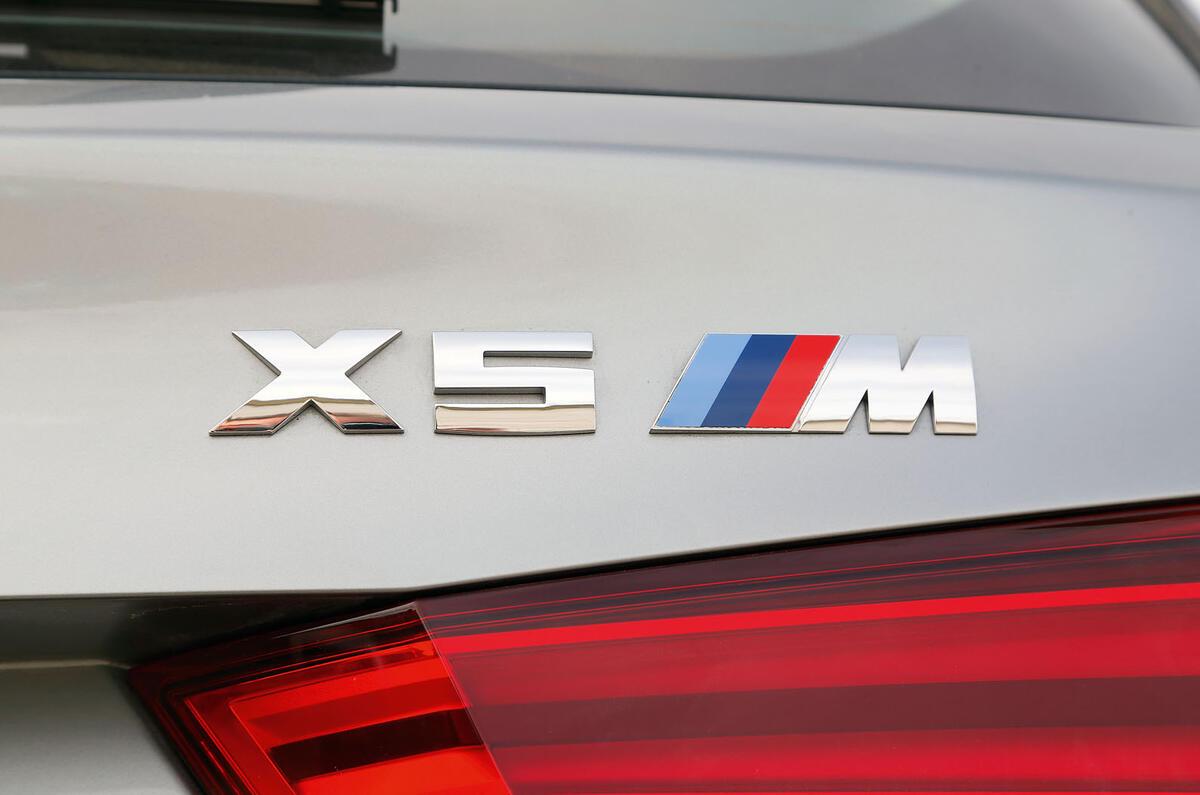
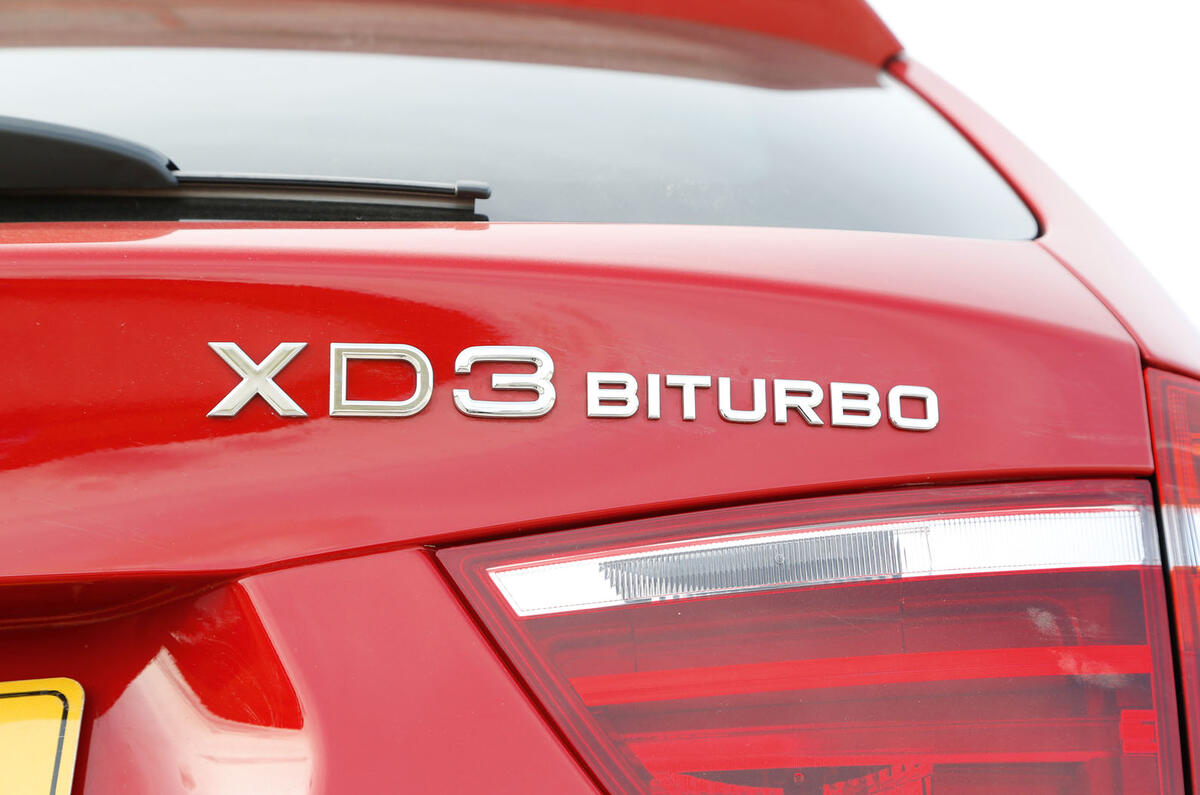
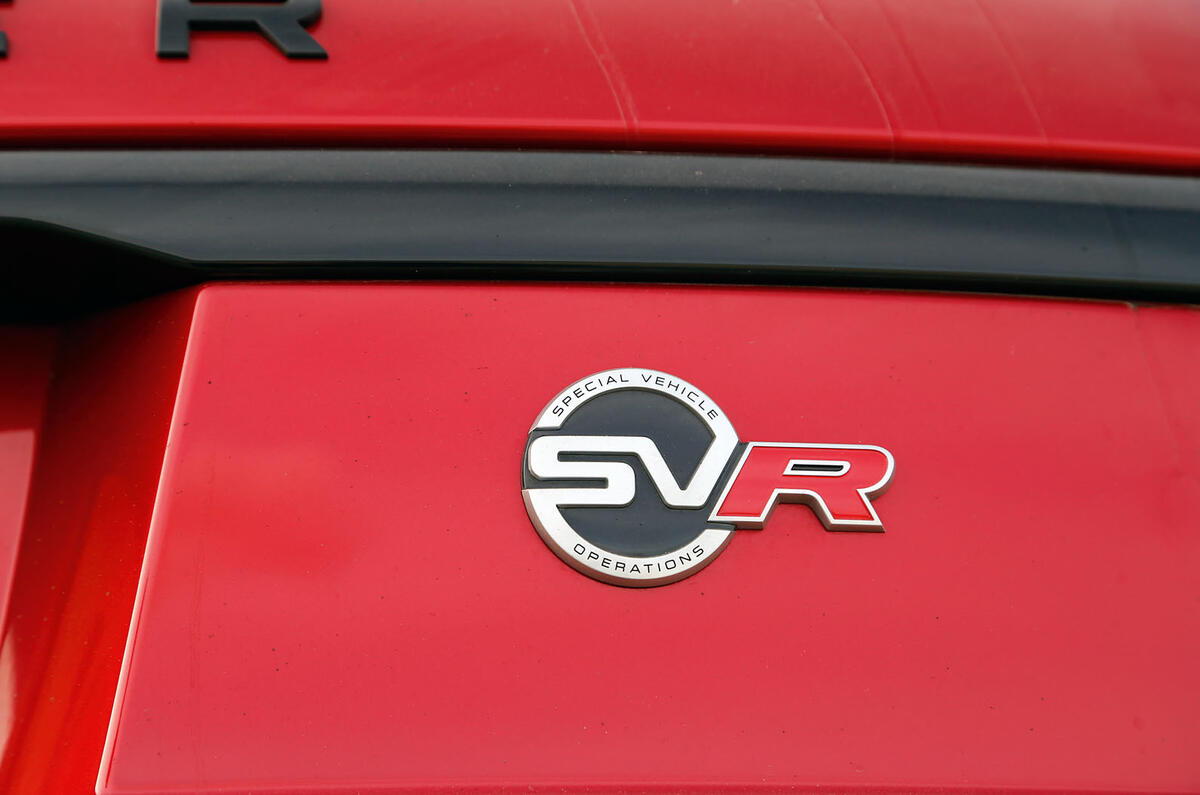
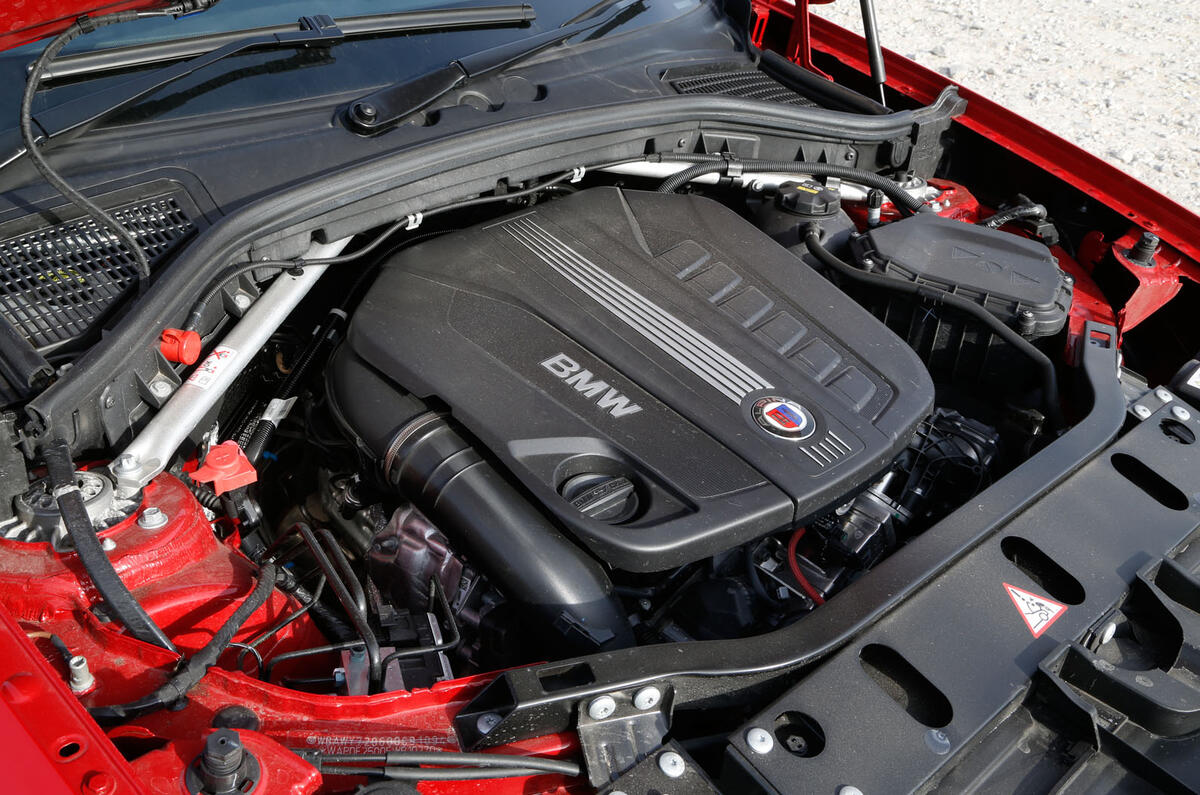
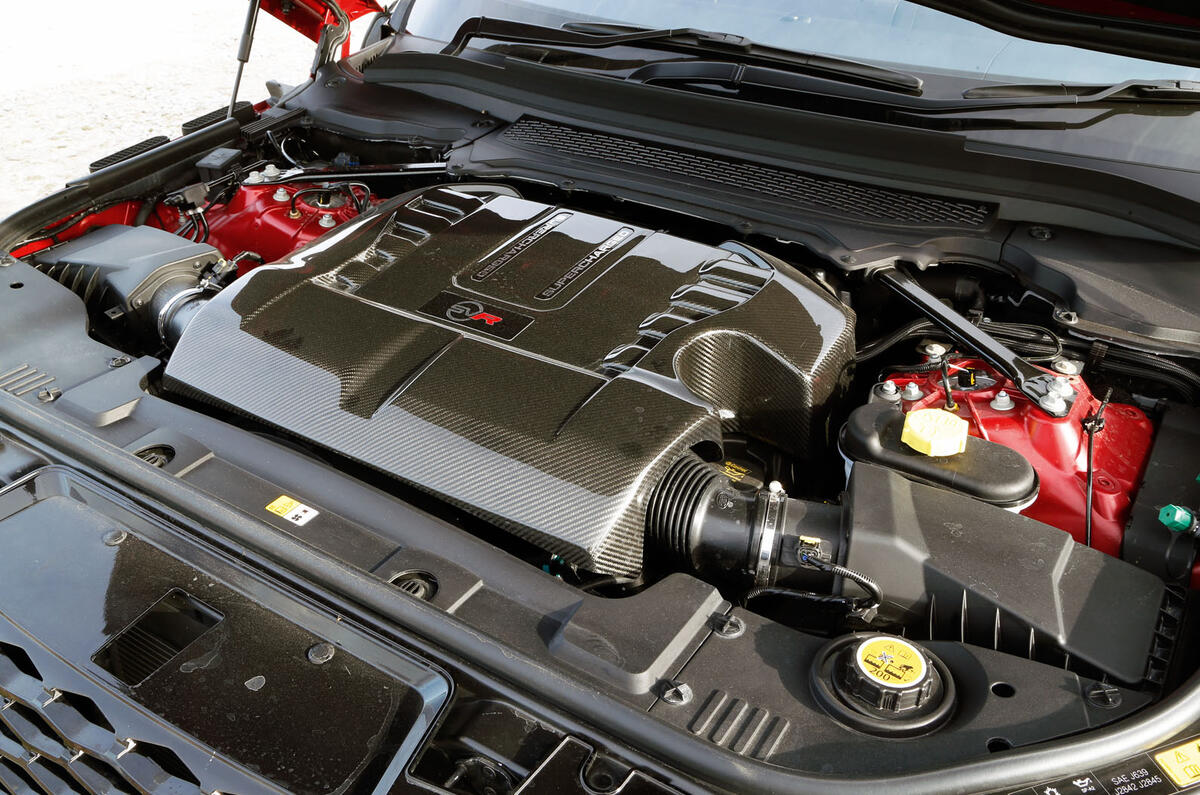
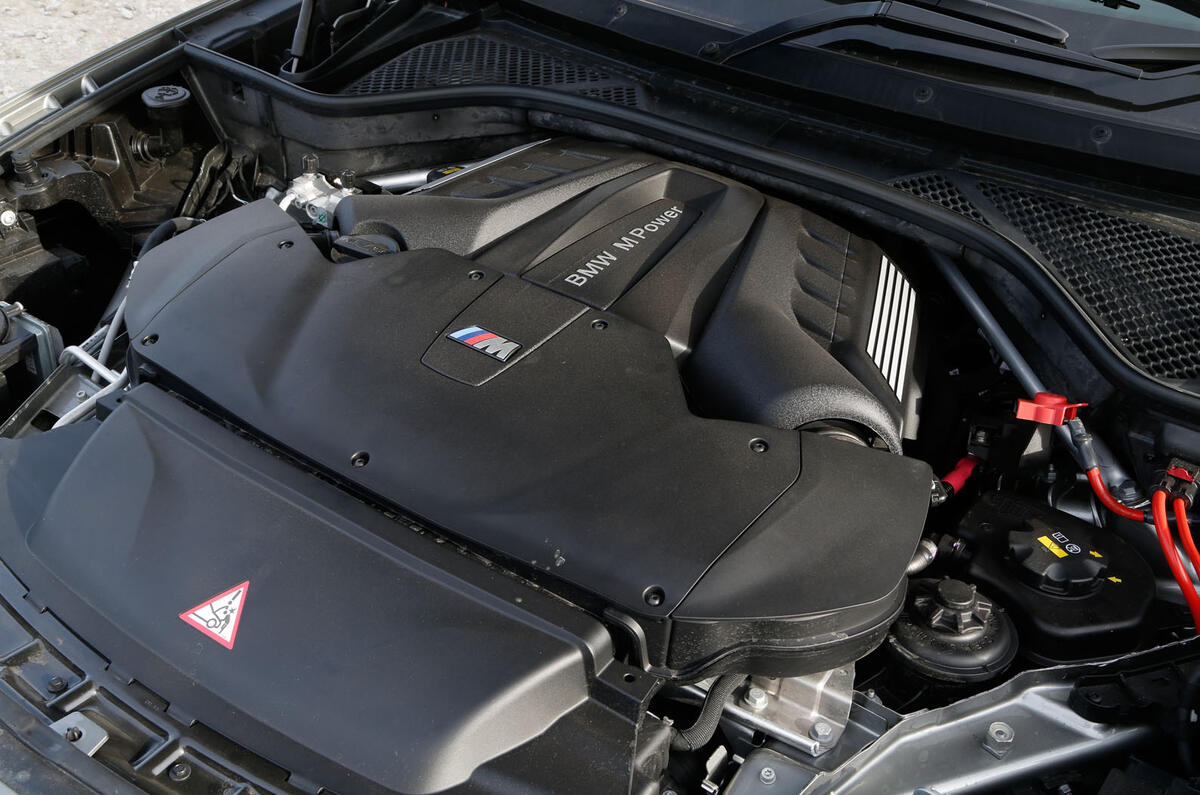
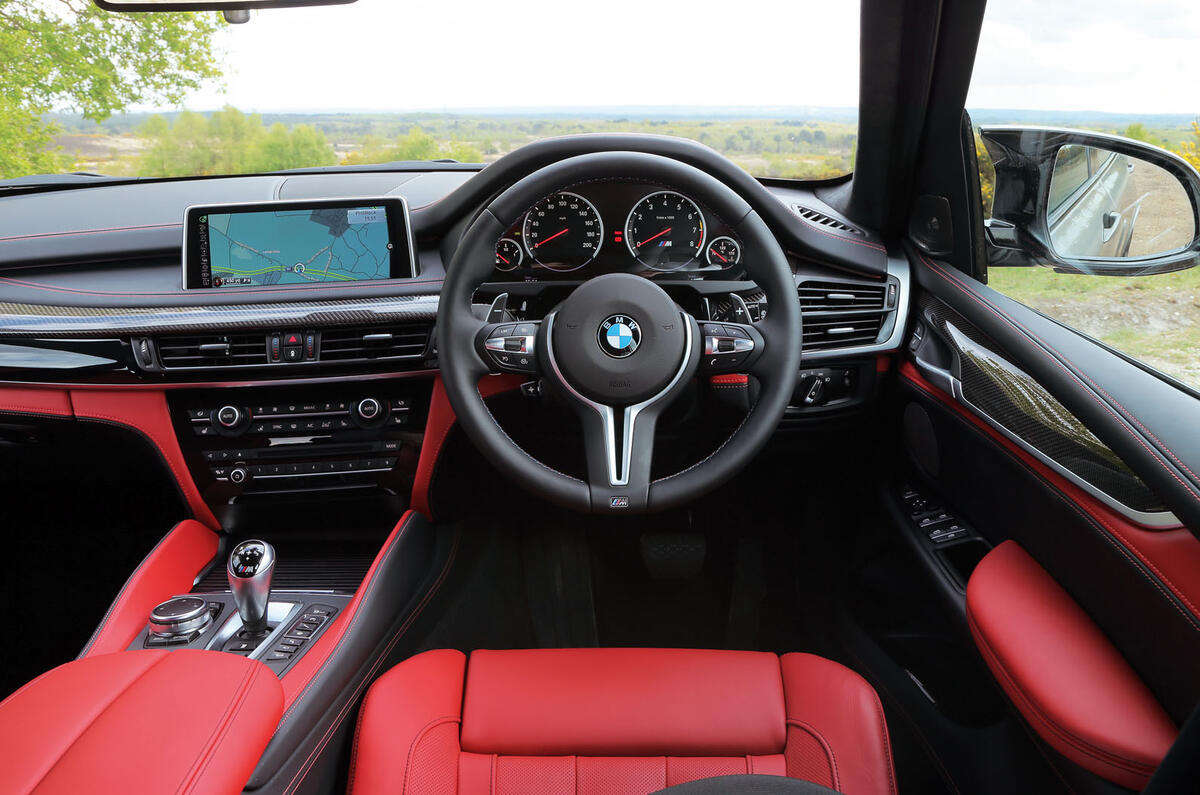
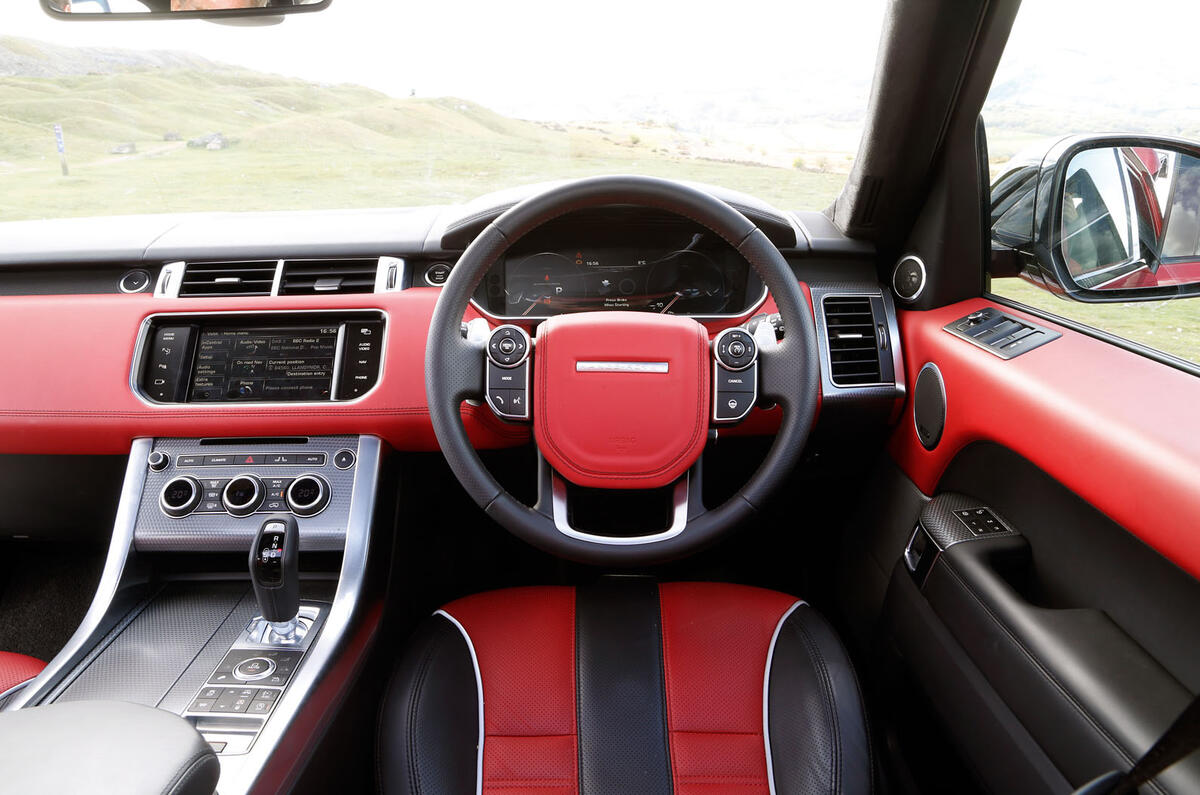
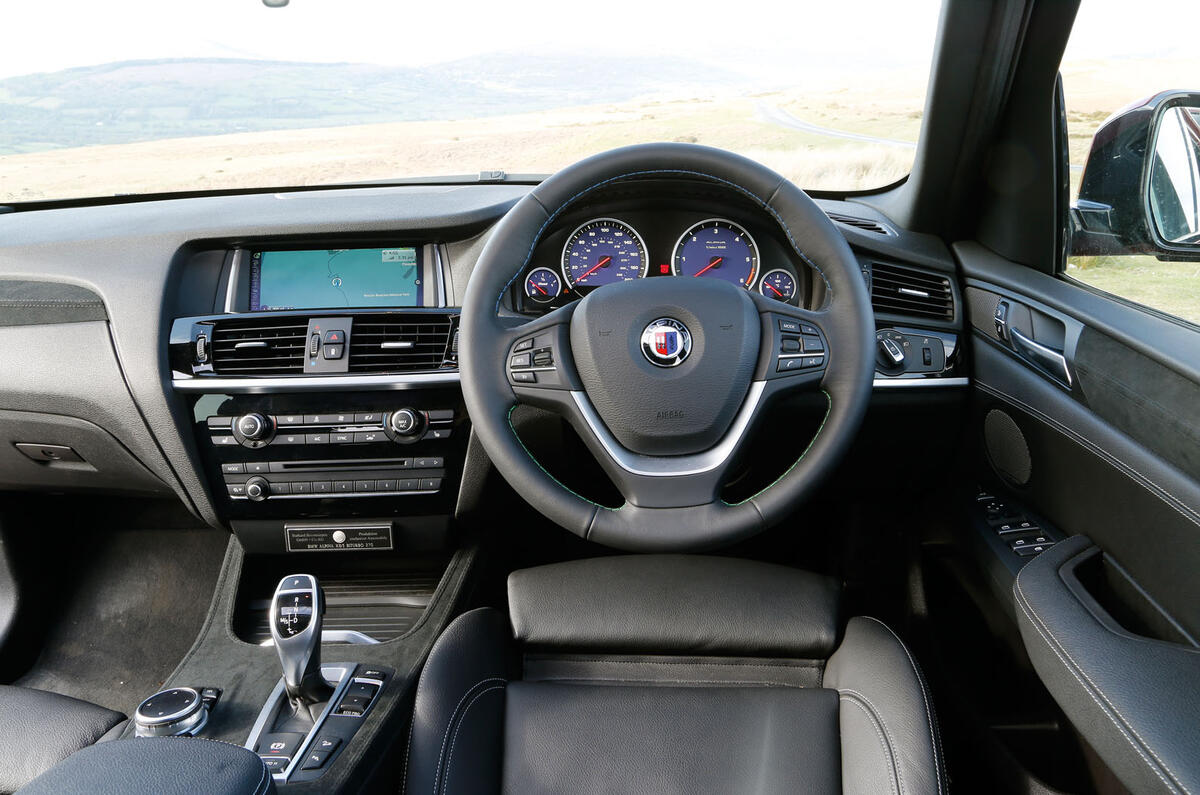


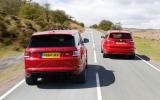









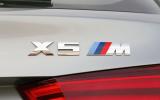
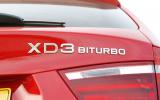

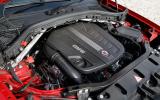

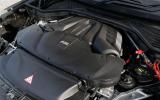
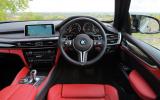
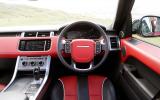
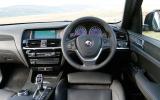






Join the debate
Add your comment
Focus on the functionality
Question - Why do I need an SUV.
Answers 1. Because I live in a country with extreme conditions (From truck sized potholes to Snow & Ice)
2. Because I carry goods and/or people long distances - maybe Intercontinental trips over 1000 kms.
3. I need a multi- purpose vehicle capable of coping with unmade-up roads, towing duties etc.
The Range Rover Sport SVR would be undoubtedly significantly slower over a 2000km Intercontinental trip than say a Porsche V8 S Diesel.
Really - In the real world there is no sensible niche for either the RR Sport SVR or the BMW X5m.
From my perspective, a sporting SUV is primarily targeted at the Intercontinental Express market, where the vehicle can be cruised between 160-195 kmh.
Fuel consumption becomes a key criteria above 195kmh, and I would dearly like to know how each of these vehicles performs. Fuel cost is immaterial - BUT what is important is the optimal range at high cruising speeds.
Its all about the experience
I actually believe what they have written is coming from their real thoughts and that bmw has once again produced an answer to a question a small few have asked.
volvocu wrote: I do not deny
And I would counter with the fact that if you are going have a review to compare vehicles with pretensions of being the sportiest models in their respective ranges surely the sportiest one should be winning the test as that is the remit they are trying to fill?? A Standard Range Rover would be a better all round car than any of these but it's not what they are being judged on is it? If the RR Sport is half the sports car the BMW is then why is allowed to win? The area's in the review in which the nod is given to the RR are mainly down to personal opinions on subjective points like styling, noise and ease of Configurability (like having more choice is a bad thing). The BMW is the sportiest, the better built, the roomiest and the most comfortable according to the review and yet it seemingly all counts for nothing.
Biased? Maybe a little, but there are fair points made
It's true that the X5 is faster in absolute terms, and so is the Cayenne, likely even the equivalent AMGs, but the RR is fast enough to make this point moot on an open road, and nobody is foolish enough (okay, most people aren't) to take one of these behemoths to a track day to find out who's fastest...as their doors get blown by Caterhams, 911s and Ferraris.
So at the end of the day it's about the whole package: does it make you feel special? Can it hustle when you want it to? Will it leave all those sporting saloons behind when conditions get -really- complicated? (snow, that muddy dirt road to an amazing, remote chalet) Do you get a kick just from watching it in your garage, or when you start it up?
If these are the criteria, and the should be, I believe the RR SVR really deserves to be on top, and there are much more neutral publications who seem to agree, such as Car and Driver (neutral when evaluating non-USA products) when is says:
"The Range Rover Sport SVR isn’t the fastest performance SUV, but it could be the best one to actually live with."
Oh, and this is coming from a non-British, former Cayenne Turbo S owner(and a few M and AMG products).
Ektor wrote: I really enjoy
I'd rather a review be based as objectively as possible as oppose to subjectively. I read the reviews because I like the facts and figures, learning about new techniques employed, technologies and materials used and how they equate to the final product. Things like ride and build quality and of course measured performance are interesting too but I can make my own mind up as to whether or not I like the styling, the quality of the noise made or which would suit me and my lifestyle more, I wouldn't need anyone to tell me. It seems a little pointless to base a review around the objective qualities of the vehicles partaking only to then base the final decision on the reviewers subjective opinion ignoring all that has gone before